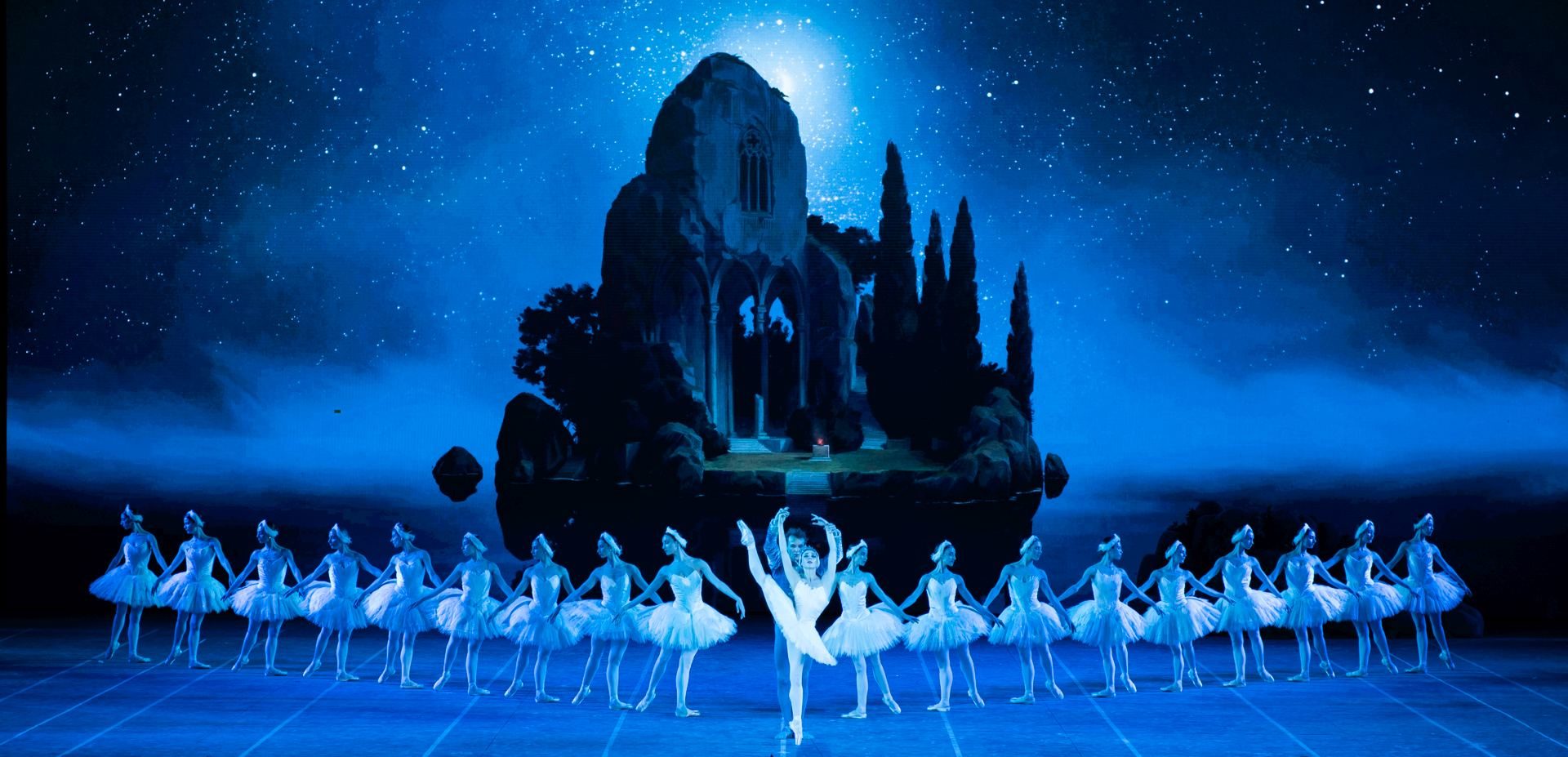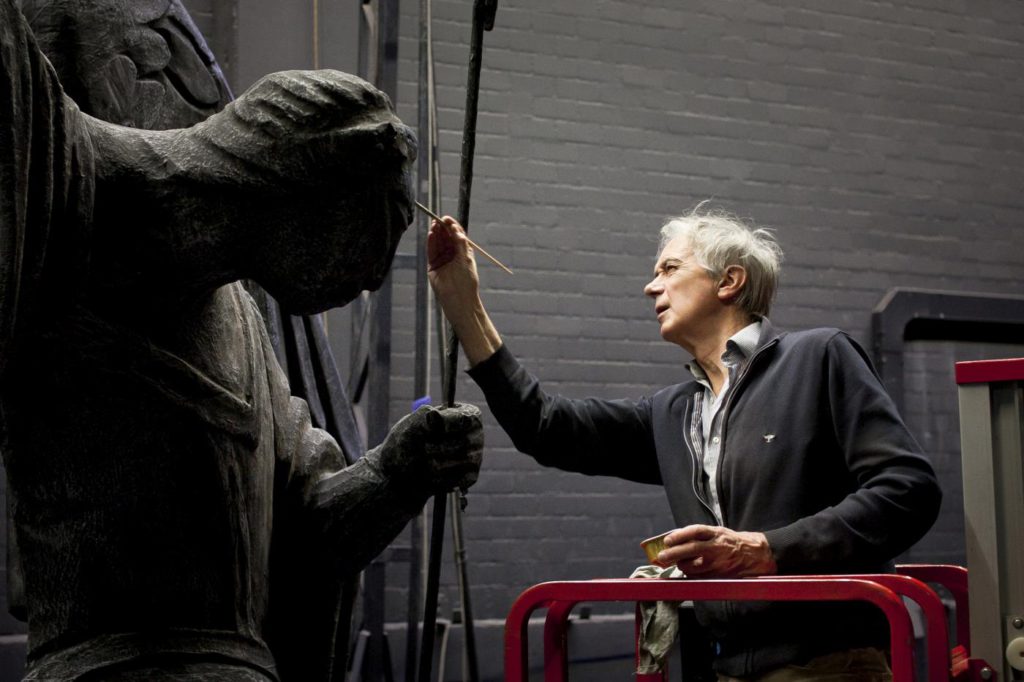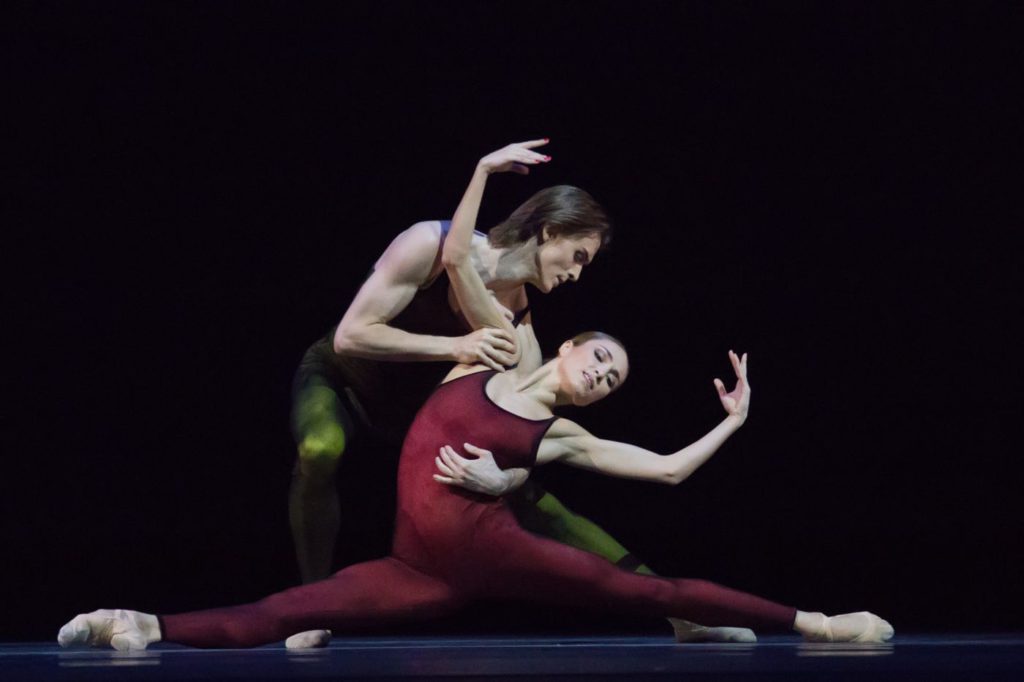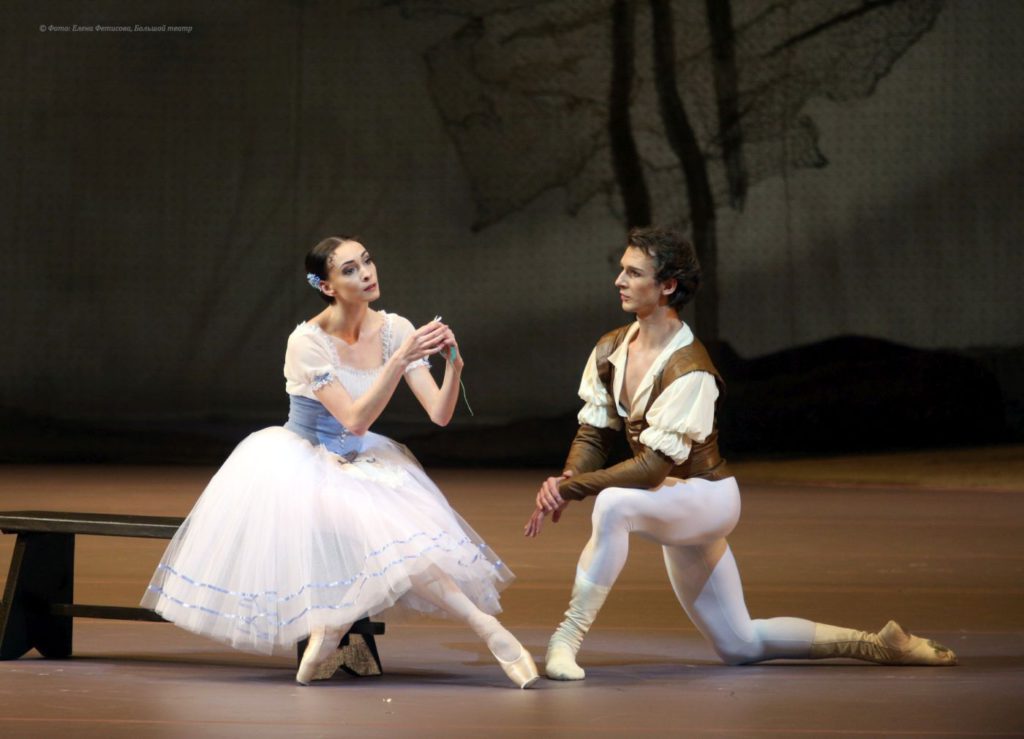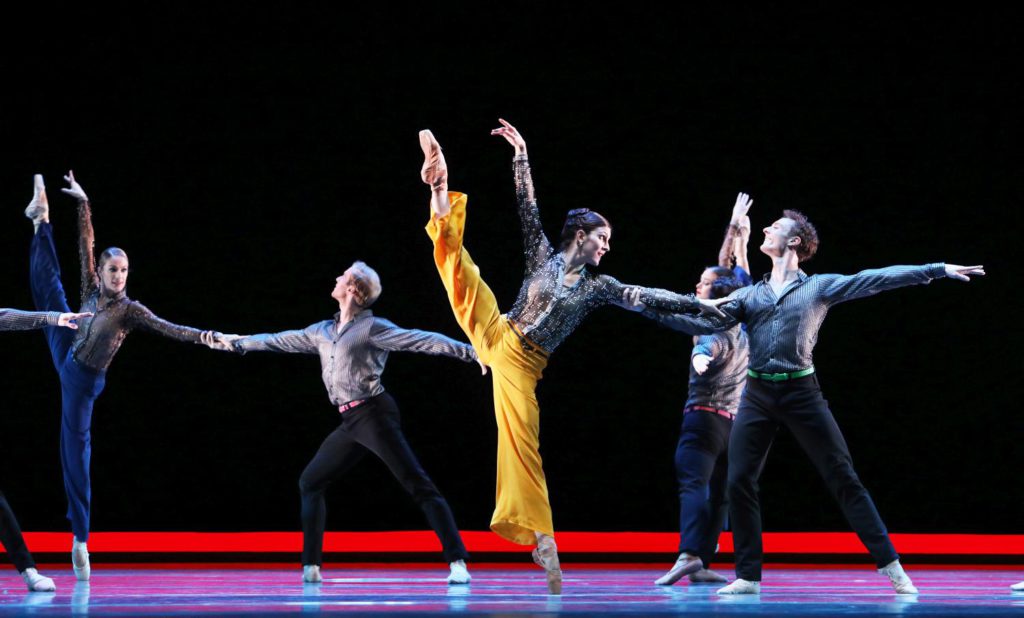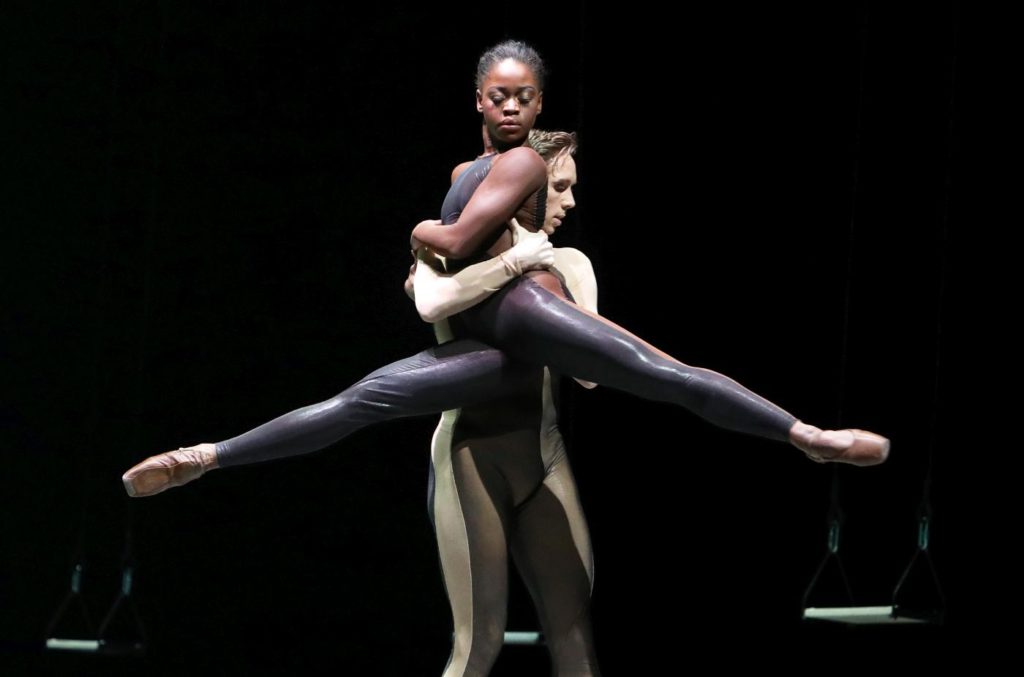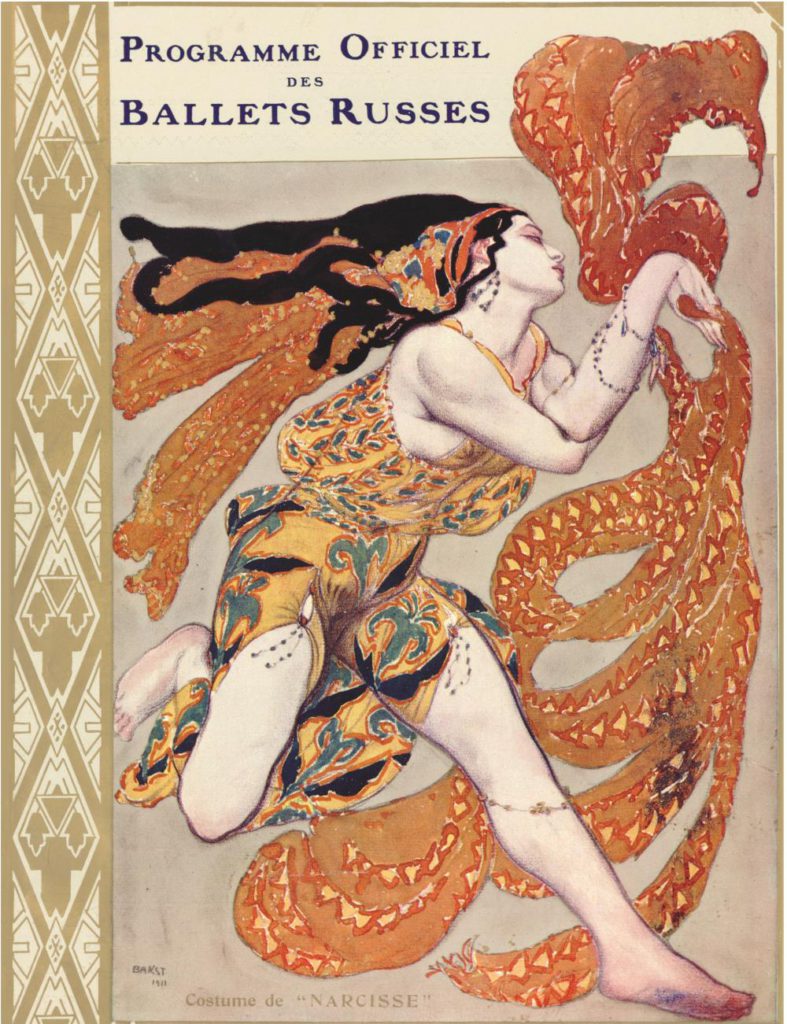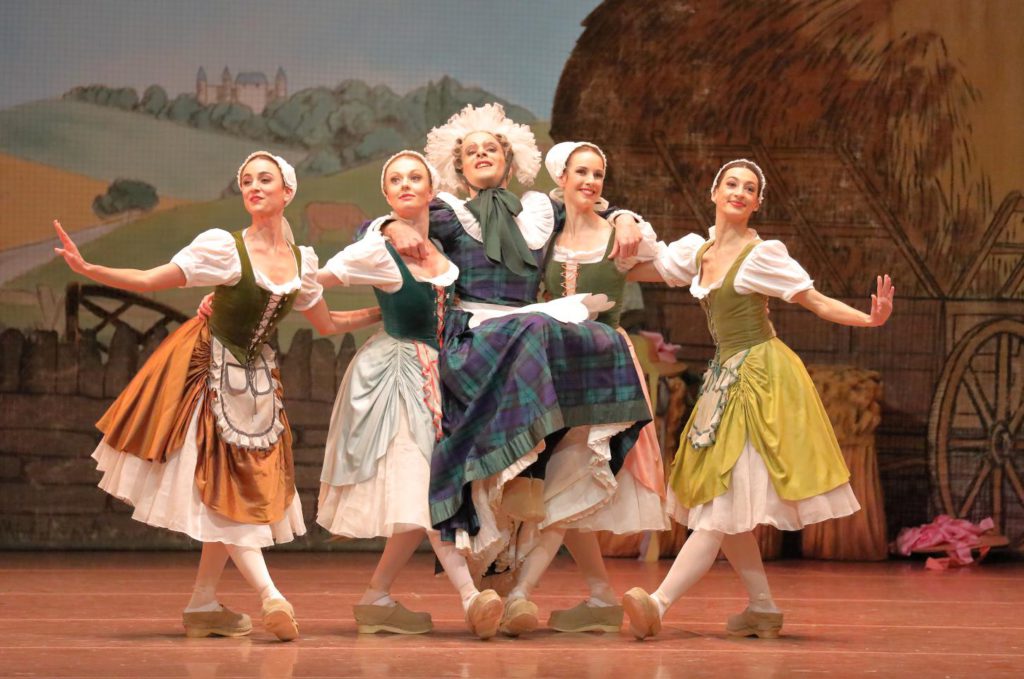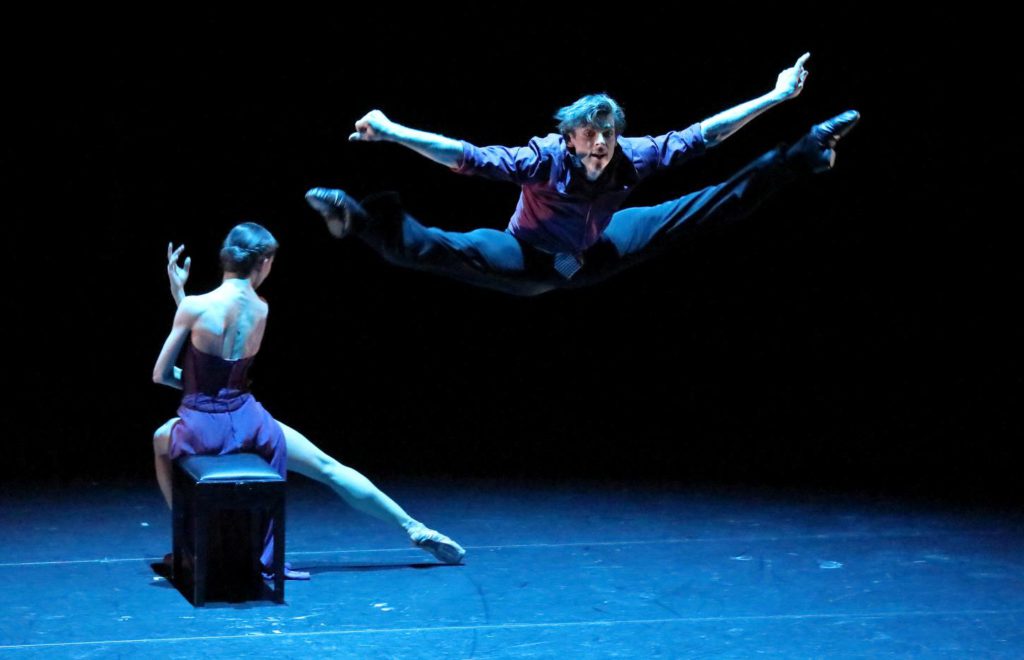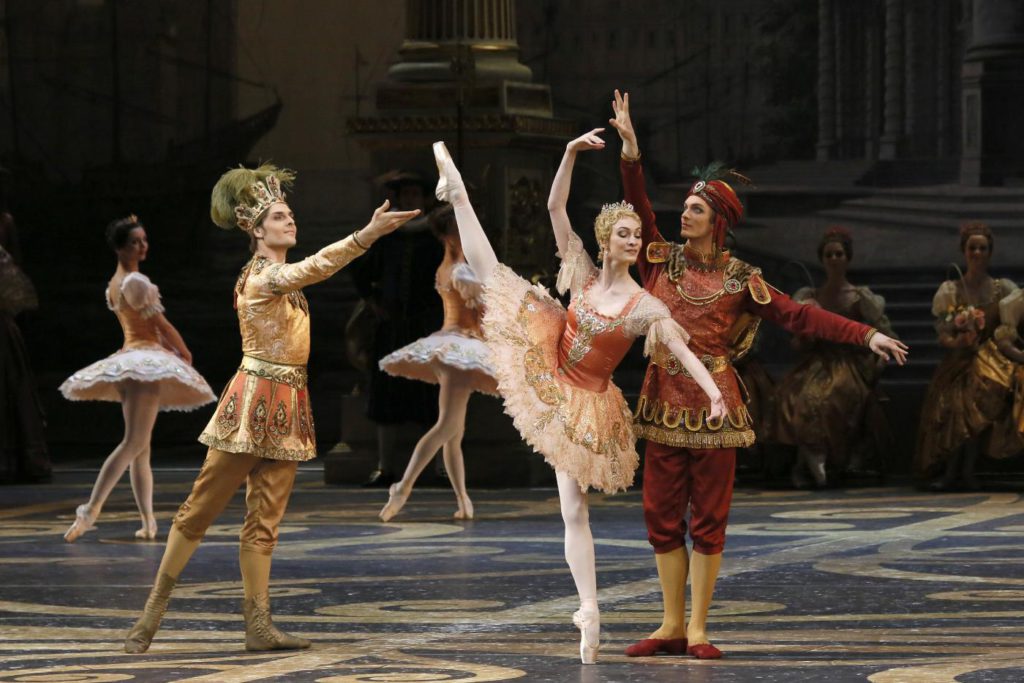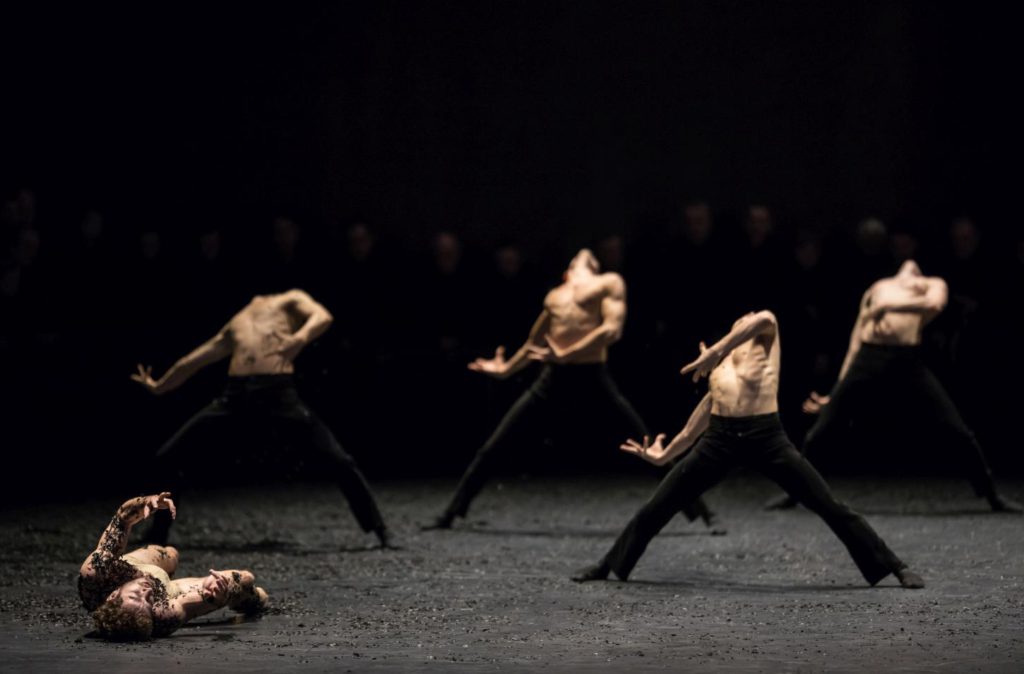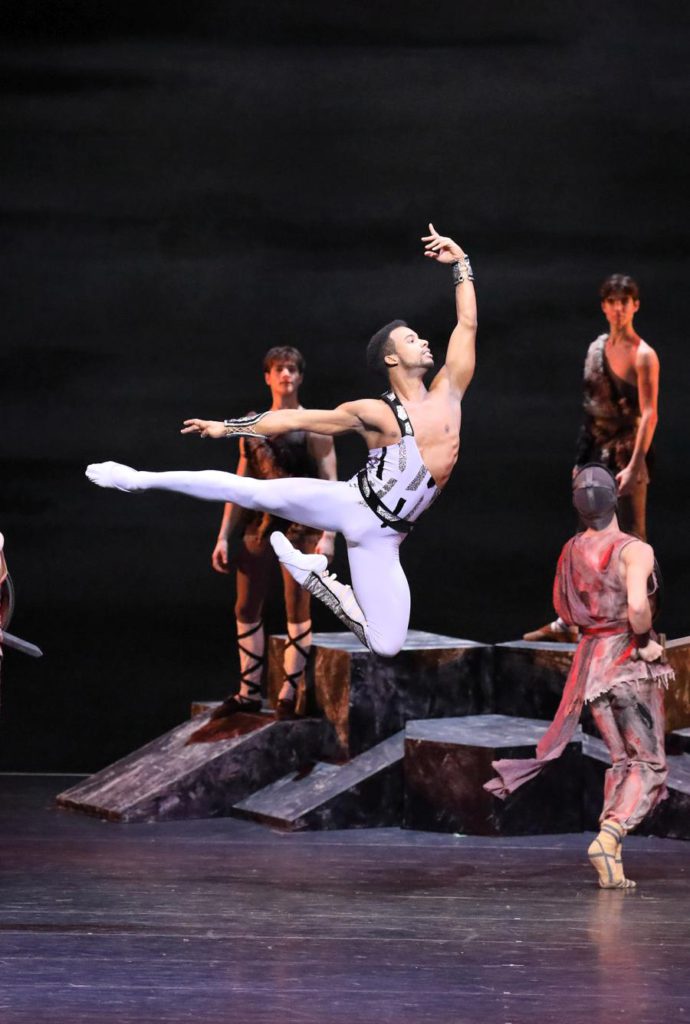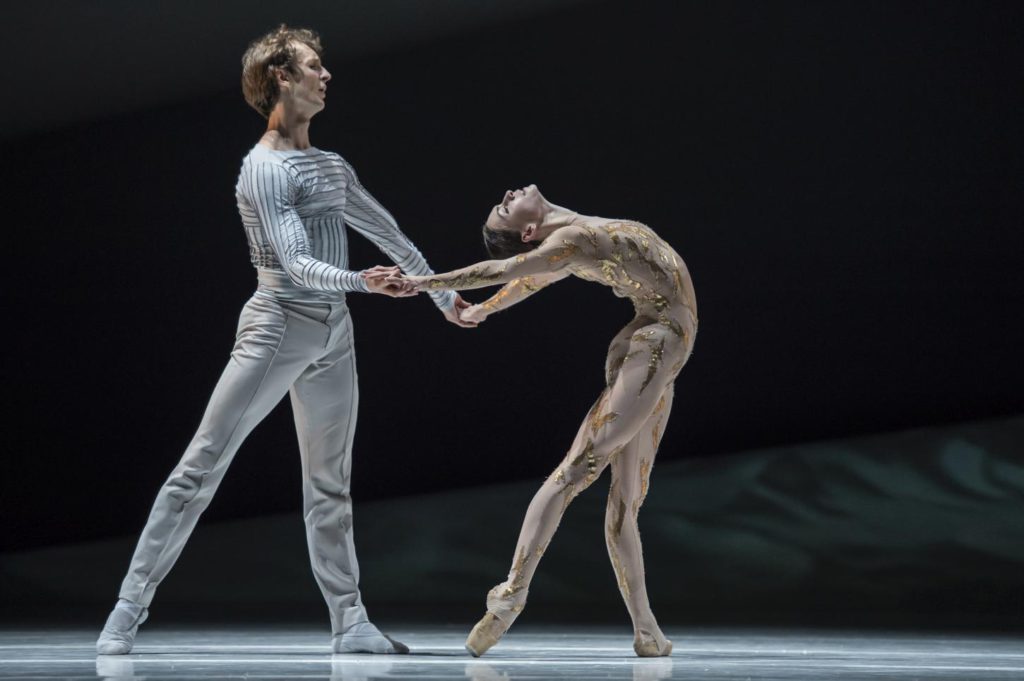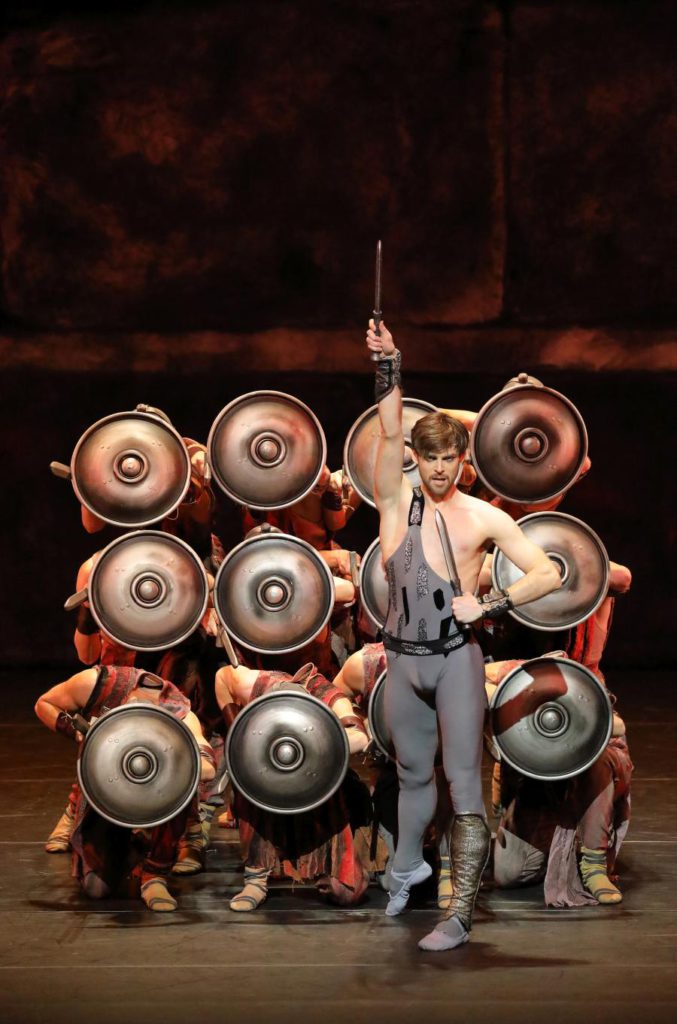Still Elusive: The Eternal Feminine
“Ondine”
Bolshoi Ballet
Bolshoi Theatre
Moscow, Russia
March 04, 2017
by Ilona Landgraf
Copyright © 2017 by Ilona Landgraf
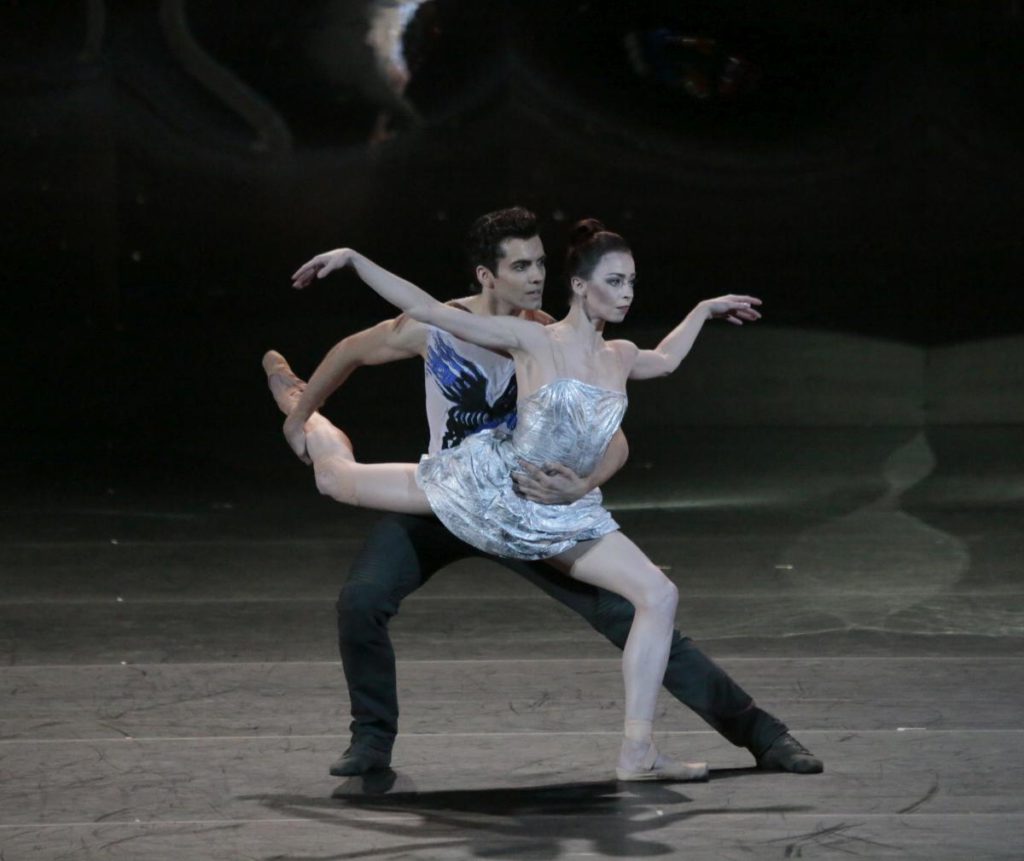 In 1958 Frederick Ashton choreographed the story of “Ondine” for The Royal Ballet in London. This three-act work is about the water nymph Ondine – a role Ashton made specially for Margot Fonteyn – who becomes the object of a worldly prince’s desire. Upon finding the prince unfaithful, Ondine kills him with a kiss. German composer Hans Werner Henze was commissioned with the “Undine” music. Other choreographers subsequently used Henze’s score for their own productions, the most recent dating from the summer of 2016 by Vyacheslav Samodurov for the Bolshoi Ballet. (more…)
In 1958 Frederick Ashton choreographed the story of “Ondine” for The Royal Ballet in London. This three-act work is about the water nymph Ondine – a role Ashton made specially for Margot Fonteyn – who becomes the object of a worldly prince’s desire. Upon finding the prince unfaithful, Ondine kills him with a kiss. German composer Hans Werner Henze was commissioned with the “Undine” music. Other choreographers subsequently used Henze’s score for their own productions, the most recent dating from the summer of 2016 by Vyacheslav Samodurov for the Bolshoi Ballet. (more…)
